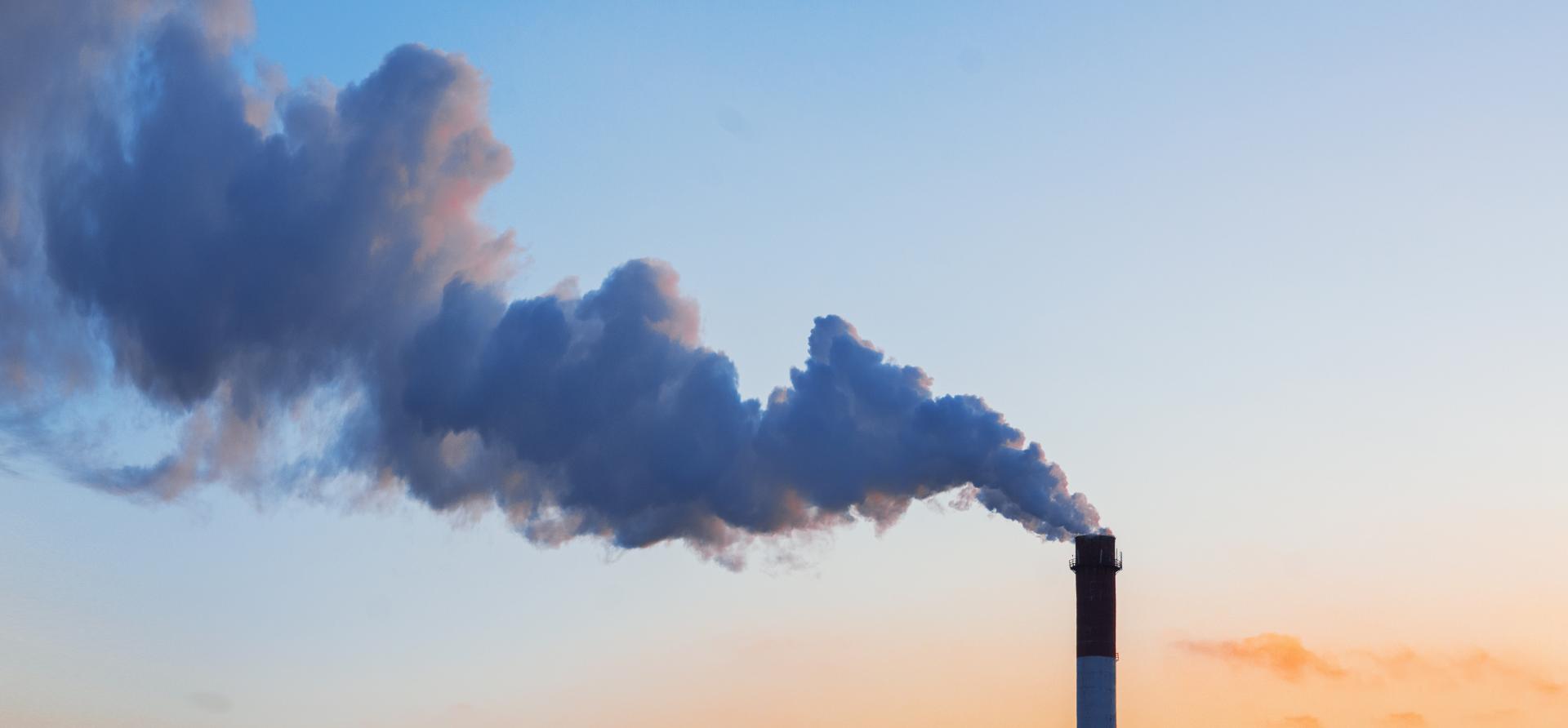Carbon pricing: Governments increasingly make polluters pay for climate change
Download Full Report
View Press Release

Key Findings
Carbon pricing schemes currently apply to about one-quarter of global emissions and have raised more than US$500 billion from polluters to date.
Revenues from carbon pricing schemes will continue to increase. Of the 196 signatories at COP21 in Paris, more than two-thirds have defined carbon pricing use in their Nationally Defined Contributions.
The European Union’s Carbon Border Adjustment Mechanism will incentivise other trading partners to implement some form of carbon pricing system.
Global carbon pricing receipts were only 1% of the economic cost of climate change in 2022. On the basis that the ‘polluter pays,' the cost to emitters is likely to increase significantly in the coming decades.
Executive Summary
Carbon pricing is increasingly being used as a policy instrument to meet net-zero commitments, to fund a fair transition and redistribution of costs from polluters to lower-carbon energy, and to support more vulnerable households and businesses through the transition journey. The first carbon tax was introduced in Finland in 1990. There are now 66 global jurisdictions with carbon pricing and 48 countries with some kind of revenue-generating carbon price scheme in operation.
We expect this trend to continue as the number of territories with carbon pricing schemes increases (as part of their Nationally Determined Contributions), more sectors and a higher proportion of each country’s emissions are covered by carbon pricing over time, and the European Union’s Carbon Border Adjustment Mechanism (CBAM) and potentially other international trading mechanisms take effect. While this may take a decade or more to materialise, the impact could be significant.
We consider the EU Emissions Trading System (ETS) to be the global test case and indicator of the future direction of carbon pricing. The scheme points to increased pricing given the more aggressive emissions reductions ambitions and the introduction of the CBAM, in addition to market mechanisms to support higher pricing and the impact of carbon pricing as an emissions reductions tool. It is also clear that the revenues from the EU ETS will in part support the additional costs of lower-carbon energy for industry and households, an important consideration for the effective rollout of emissions reduction goals.
Despite this, carbon pricing is still a policy mechanism to incentivise switching towards and investment into lower-carbon solutions and is not necessarily reflective of the actual costs of global warming. The cost of climate change is estimated to be US$10 trillion, or 10% of global GDP, in 2022. Revenues from carbon pricing are nearing US$100 billion, albeit they only account for about 1% of the global cost to society of these emissions.
There is a clear economic incentive to implement and increase the revenue-generating capacity of carbon pricing schemes. Governments will ultimately be responsible for supporting their countries through the energy transition and rectifying the cost of global warming within their territories. They will be required to provide investment towards lower-carbon energy and industry.
The implications for society and how our economies are run are significant. Covering the cost and mitigating the impact of climate change is crucial. It’s also clear that while carbon pricing as a policy tool will continue to increase, current carbon pricing levels are too low to cover the costs of emissions on society. If the polluter is to pay, the costs to emitters over the coming decades are likely to be quite material.














